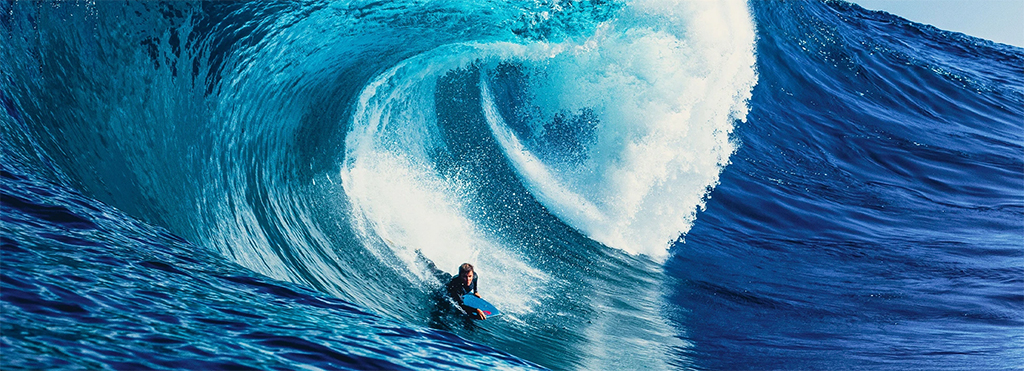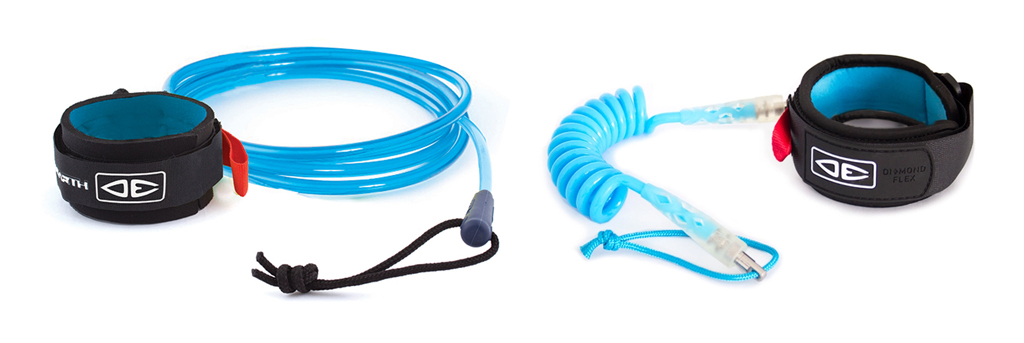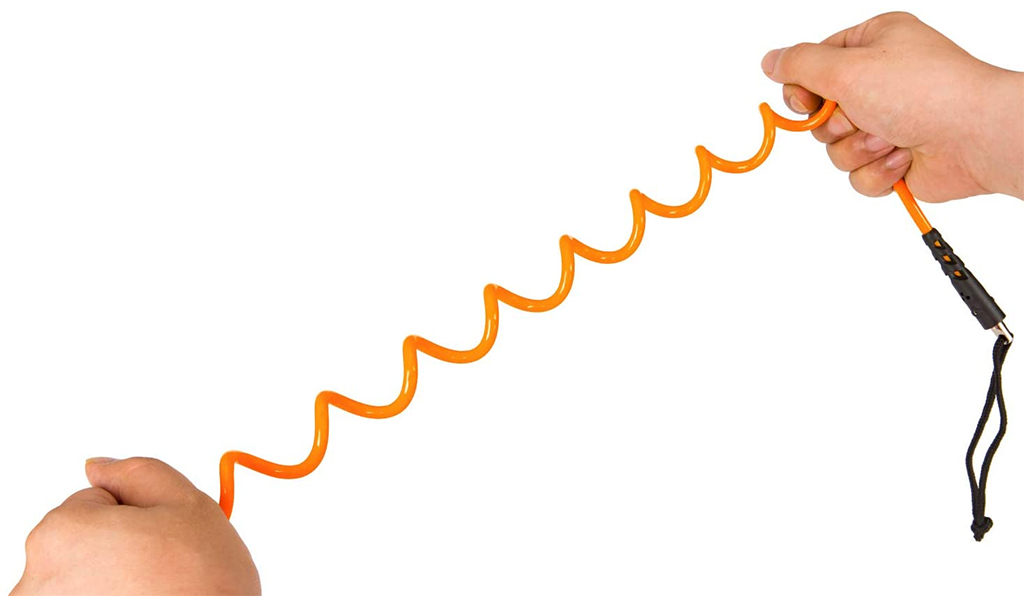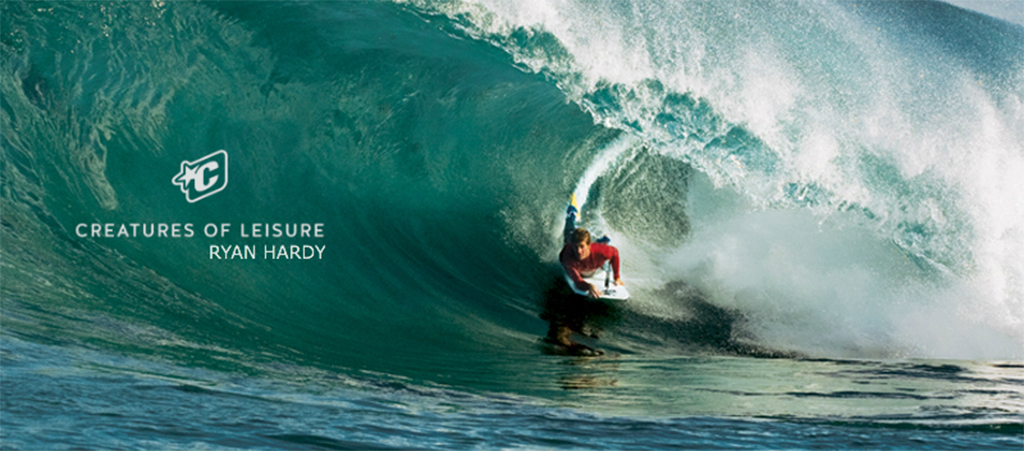Bodyboard Leash
Your Bodyboard Leash gives you confidence to go for bigger moves and bigger waves. If you do wipeout your leash keeps your board is right there with you. You can quickly get back out and go harder, quickly progressing your surfing
Your Bodyboard Leash gives a number of benefits to your surfing. Primarily it keeps your board with you giving you confidence. So if you’re going for new moves to progress your surfing you can go hard, knowing if you do wipeout your board will be right there for you. It also helps you take on challenging waves that push your skill limit that might get you nailed. If you do wipeout you won’t lose your board. In both these scenarios you can get straight back out and keep practicing, keep going hard, rapidly progressing your surfing.
Your leash is not a life saving device. However, having your board with you when you’re either beaten on by a wave or just tired, can make all the difference. Sometimes its cool not to have your leash, to experience the freedom surfing without it. It’s easy to put it back on too.
There’s big differences between leashes so it’s worthwhile checking what will make your leash a help to your surfing rather than a hindrance.
Coiled Style
Interestingly the straight Bodyboard Leash cord on the left looks longer yet is only 1m long. The coiled cord on the right is 1.2m long yet appears much shorter. The coil gives you the benefit of more cord without the hassle and risk of tangling and interfering with your paddling and surfing. On the left is the Ocean & Earth Bodyboard Basic Straight Cord, on the right the Ocean & Earth Bicep Bodyboard Coil Leash
Your modern Bodyboard leash has a coiled cord. This is so you have a reasonable length of cord in a compact area, the coil keeping the cord from getting in your way.
A long straight leash, like used on a surfboard, if on your wrist or bicep could easily end up tangling your arms, around your body, or even around your neck. Your board pulling on your leash when tangled wouldn’t be so good.
So the coil gives you a cord length that will instantly expand and extend, then retract to its minimum length. The coil is a great feature so go for a leash that’s specifically designed for Bodyboards with this coil style.
Urethane Quality
Your Bodyboard Leash cord is made of urethane. All cords can look pretty much the same. Yet quality urethane has definite distinctive qualities that will make a noticeable difference as your surfing progresses
Your Bodyboard leash cord is made from urethane that comes in different qualities. When checking leash prices you may wonder why there’s such a range. One factor is the quality of the urethane. All urethane may look the same but it doesn’t function or feel the same.
Cheap urethane has little give in it. So when the wave pulls, the force is almost directly transferred to your arm. You can get quite a jolt. Also without give, your board can spring back and hit you. This cheaper urethane comes in 2 forms. One that stretches too easily and stays stretched, so you end up with spaghetti that is almost unusable. The other form has a lower breaking point, being more brittle, so will more likely break under the wave pull.
Quality urethane has great stretch characteristics. It absorbs the wave jolt and pull. However it doesn’t over stretch becoming like spaghetti and it doesn’t spring your board back to you too fast. It consistently brings your board back to you, even out of the pull of the heaviest wave, to around an arm’s length away. Quality urethane gives you a noticeably better experience.
Cord Thickness
The urethane cord comes in varying thicknesses from 5mm to 9mm. Using quality urethane, the different thicknesses have an application to different wave conditions. A thinner thickness will be lighter and less noticeable to your surfing. So will work great in small waves where you want as little interference as possible. If you’re surfing big heavy waves a thin cord can be overcome by the power of the wave so a thicker cord will give you the response you want, returning your board to you regardless of how powerful the wave is.
Comparing thickness in cheap urethane, a thicker cord will be better in Beginner conditions as it won’t immediately turn to spaghetti. It will have more recoil, springing your board back at you, so care needs to be taken.
Comfy Cuff
The cuff of your leash has a soft inner lining made from neoprene, the same material as your wetsuit. The thicker this is the more comfort you have. However a good design won’t have it too thick. The neoprene needs to give comfort so the leash won’t rub or rash your arm. However if it’s too thick you won’t be able to get the cuff to grip to your wrist and it will move. If the cuff rotates too freely it will bring the cord into your way interfering with your paddling, wave catching and surfing.
So look for a cuff that’s not too lean, or too thick. Ideally try it on in-store and check you get a good feel, closure and comfort.
A quick release tab on a cuff is a great feature. This tab sticks up and with a pull gets your leash off. This can help in an emergency if you’re tangled with another surfer or caught on a rock. It’s also handy everyday making it easy to get your leash off.
Swivels
As a Beginner you can get a great value leash to meet your needs that doesn’t have a swivel as you’re close to shore and not catching a huge number of waves. As you catch bigger and more waves your board will twist more and a single and double swivel will keep your leash tangle free and not interfering with your surfing. From the left Stealth Basic Wrist Leash with no swivels, NMD L2 Bicep Bodyboard Leash with one swivel, VS L4 Advanced Bicep Bodyboard Leash with 2 swivels
Swivels keep your cord spinning freely. As you catch waves and get wiped out your board can spin and this twists your leash. This leads to tangles and your leash interfering getting in your way. A swivel lets your cord unspin and untangle. Quality swivels will let this happen so quickly and easily that you don’t even notice it.
According to budget you’ll find some leashes have no swivels. Some have one and some have 2. A leash with no swivel is good for a Beginner when your starting out in easy waves close to shore. A single swivel is also good in these conditions when you’re catching a few waves in a session. If you’re going to surf waves out the back and you’re catching a lot of waves, a double swivel will give you a noticeably better experience.
Wrist vs Bicep
You can see the leash rising up from the board to the bicep. Whether worn on your wrist or bicep can be a personal preference. In-store you can check out both types testing ease of getting on and off, and feeling if there’s any interference with your paddle
Two main cuff types are available.
The wrist cuff is worn on your wrist. The cuff is opened and the velcro sealed around your wrist, worn normally on your dominant hand.
The bicep cuff is worn on your bicep. This is on your upper arm. Some surfers believe this position keeps it out of your way when paddling. Also when the wave pulls on your leash in a wipeout your hand itself isn’t being pulled on so you have more control and freedom of movement with your hand. However your bicep is still being pulled.
Which cuff suits you is something you can work out by trying them on in-store.
Your Leash
Coming in-store you can check all your Bodyboard Leash features. See how they fit with your level of skill and personal preference. We have a wide range and can also advise when you’re looking for the best Bodyboard Leash to match your budget, performance and how to progress your surfing.







